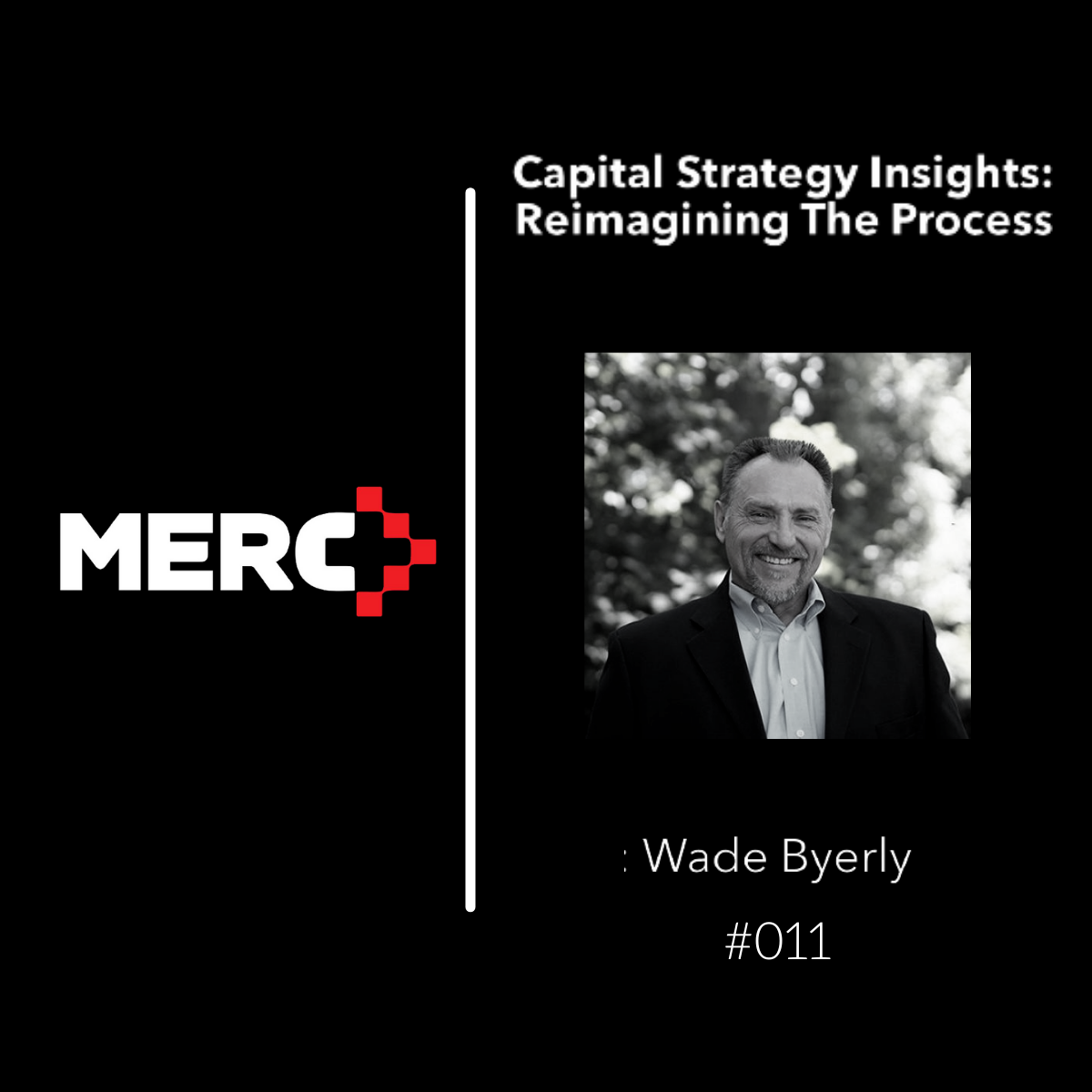CAPITAL STRATEGY INSIGHTS: Reimagining the Process #011

09.15.2022
#011 Strategic Capital Planning – FMV is not an Algorithm, Part 1
In the past we touched on developing a strategic approach to capital procurement and spend. That approach uses Estimated Remaining Useful Life (ERUL) as a key metric. The definition we submitted for ERUL was:
An estimate of the time (in months) a device may be used and 1) Still be expected to be reliable; or, 2) Not be obsolete; or, 3) Not have consumed most or all if its market value
Included in the definition is a market valuation consideration; let’s do a deeper dive on that topic.
For the term “market value” we will address Fair Market Value (FMV). This is the definition we use for FMV:
Estimated value of an individual asset in a present/current transaction between an informed seller and an informed, ready, willing, and able buyer where the transaction is not influenced by pressure or duress for either party.
Generally, these valuations represent an opinion of the current value of the subject asset when the contemplated transaction is between peers. For example, Healthcare Provider A (an end user) sells to Healthcare Provider B (another end user) at FMV. (Incidentally, this is not the value one should expect to receive when selling surplus equipment to a party that is not an end user or healthcare provider. That is a different type of transaction requiring a different appraisal approach. This is an important distinction as we have customers use “FMV” interchangeably with “appraisal”, the same way an owner of an SUV might call their vehicle a “Jeep”.)
The key point here is that unless the equipment evaluator that is reviewing and assigning ERUL has a good knowledge of the current valuation of the subject asset, they will give insufficient weight to the market value of the asset when assigning ERUL. Does this mean the evaluator has to be an appraiser to be effective in assigning ERUL? Not necessarily, but they should have a good and current general knowledge of asset market values. The same holds true for the other two elements of ERUL: one does not have to be a clinician to address obsolescence (standard of care), nor does it require the reviewer to be a Biomed Tech or Clinical Engineer to consider reliability. In all three cases, we feel it is prudent for the reviewer to obtain input from experts in all three considerations when assigning ERUL, especially the more expensive the asset, asset group, or system.
Back to FMV. FMV is an opinion of the appraiser, and that opinion is formed through research and analysis. The final appraised value is an outcome of various data sources and understanding current market activity, which fluctuates over time. As such, the valuation is a snapshot of value; it reflects value at a point in time. As an opinion, it requires expertise as well. This expertise comes from the valuation of thousands of medical equipment assets. So FMV is an expert opinion of value at a given point in time.
By understanding what FMV is and how it contributes to ERUL sets the table for the remainder of this discussion, why FMV is not an algorithm. Analytics contribute to informed and improved decision making; analytics do not make decisions. A clinical friend of mine recently said “treat the patient, not the monitor”. Same concept here. We will go into this and more in Part 2. Until then, be well and as always, feel free to comment at info@medicalequipmentconsultants.com.


